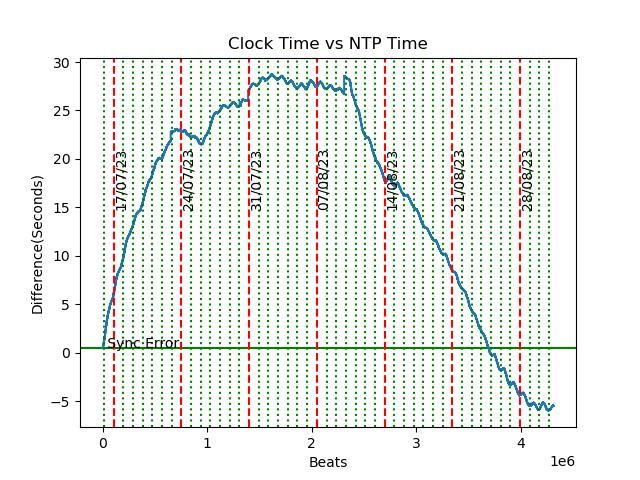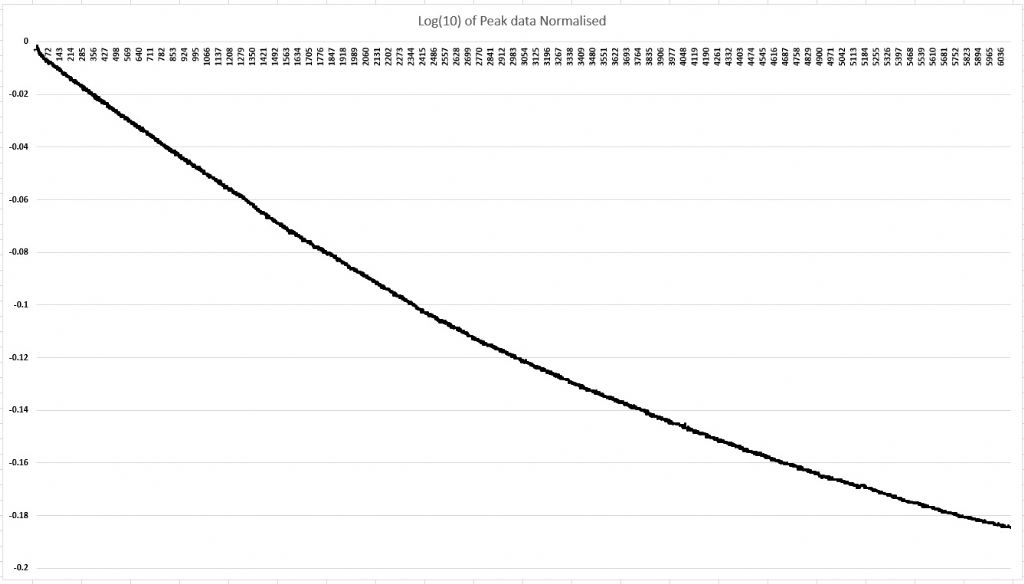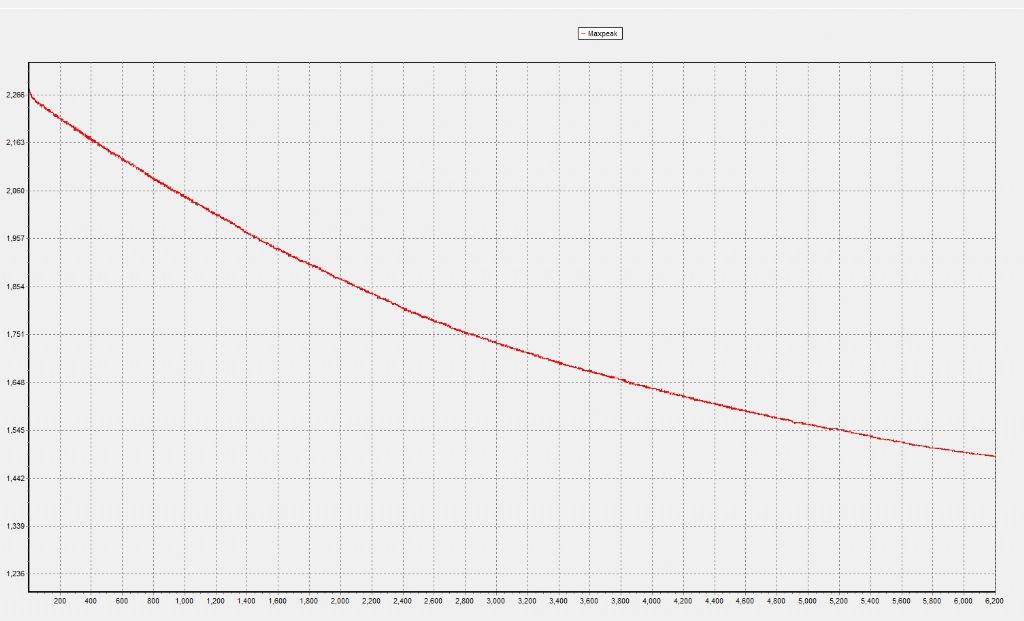About alignment: Your effort is amazing, but I was surprised to see you have the square knife edge riding on an inside circular surface. All knife-edge setups I've seen have a knife or knives riding on one or two flat surface(s), or vice versa (as in my previous version, which was flats on knives).
Your setup makes theoretical sense, but I feel like your square shank could easily find itself miss-positioned, riding up higher than absolute bottom dead center on either or both sides (I think you have two pivots, right?), or skewed between the sides. Especially in the latter circumstance, I could imagine friction going up. You just changed from V's to flats on the other axis, so why round for your primary one?
Also, using two quite hard steel surfaces (your knife and your inner race) sounds good, but if they are close to each other in hardness, one will inevitably bite into the other. I used sapphire for the flat surfaces, and the steel knives just won't scratch it (dulling of the knives certainly can still happen, but I never got around to polishing their edges anyway).
On a different but related point, my limited experience leads me to feel that my new spring-hinge mounted pendulum is considerably more susceptible to wobble than my old knife-edge pendulum. In the latter case, the main source of wobble was flexibility of the rod (aside from obvious lifting off of the knife-anvil interface when ham-handling it), whereas the spring hinge can easily permit a certain amount of wobble by itself in addition to the rod flexing. I've felt like the spring hinge was a step backward.
Finally, something that I, at least, have been guilty of many times: presuming that this or that technique should and hence must yield superior results, followed by bafflement when it doesn't pan out. That's when the gods really start chuckling. 😉
Edited By S K on 02/09/2023 10:05:36
SillyOldDuffer.









